GPCR/G protein

All GPCRs share a common seven trans-membrane structure. GPCRs are associated with heterotrimeric G-proteins which are GTP-binding proteins made of alpha, beta, and gamma subunits. When a ligand binds to GPCR, it activates the attached G-protein, the GDP is replaced with GTP. The activated G-protein then dissociates into an alpha and a beta-gamma complex which activates downstream signaling pathways. These intracellular signaling pathways include cAMP/PKA, calcium/NFAT, phospholipase C, protein tyrosine kinases, MAP kinases, PI-3-kinase, nitric oxide/cGMP, Rho, and JAK/STAT.
GPCRs are one of the most important therapeutic targets for various diseases, over 30% of all modern medicinal drugs target this family. Aberrant GPCR functions are involved in pathological conditions such as neurological, immunological and hormonal disorders. A large number of GPCRs have been identified, but whose ligands are not known, are classified as orphan receptors.
-
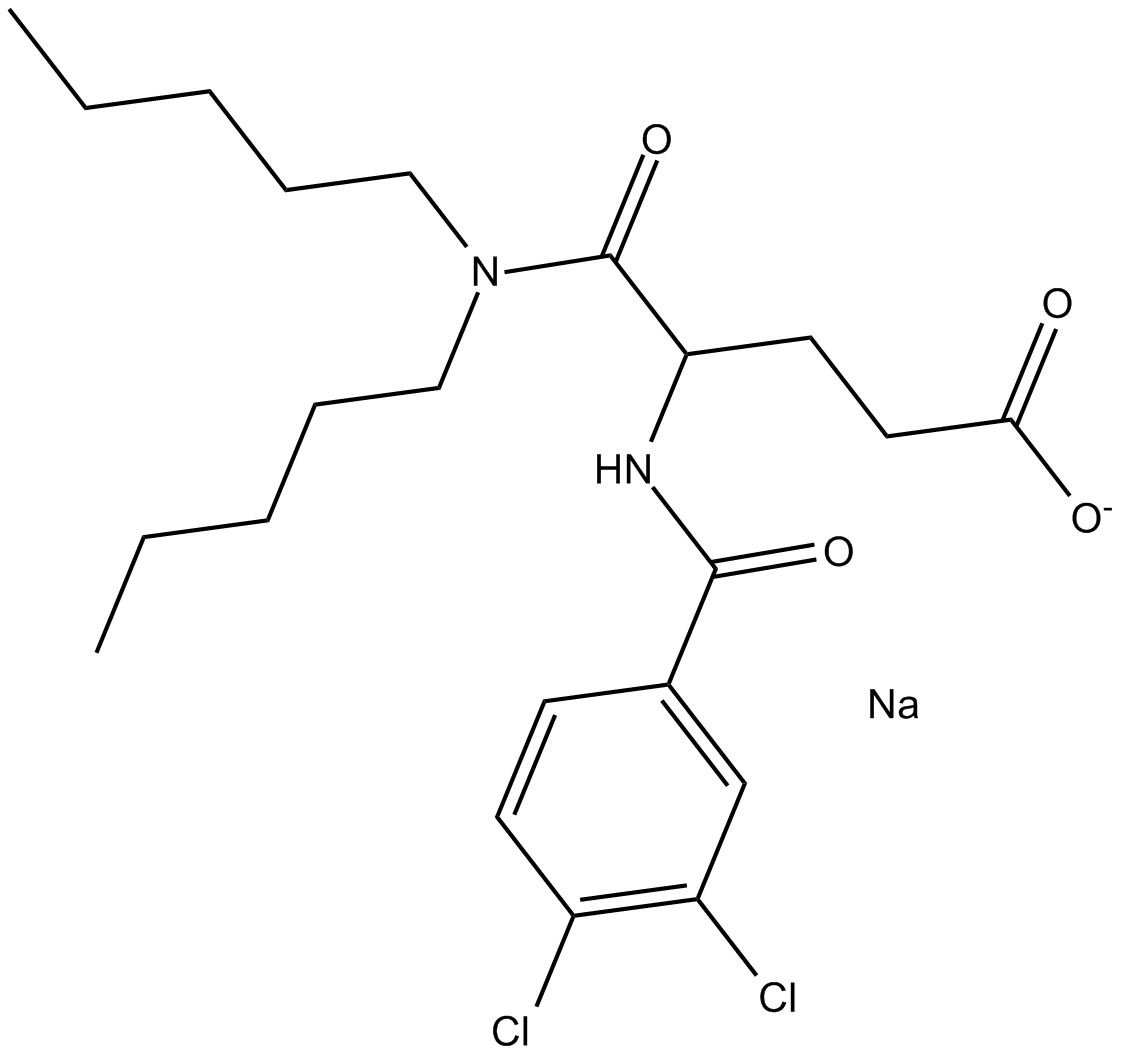 C4809 Lorglumide (sodium salt)Summary: nonpeptidic antagonist of the CCK A receptor
C4809 Lorglumide (sodium salt)Summary: nonpeptidic antagonist of the CCK A receptor -
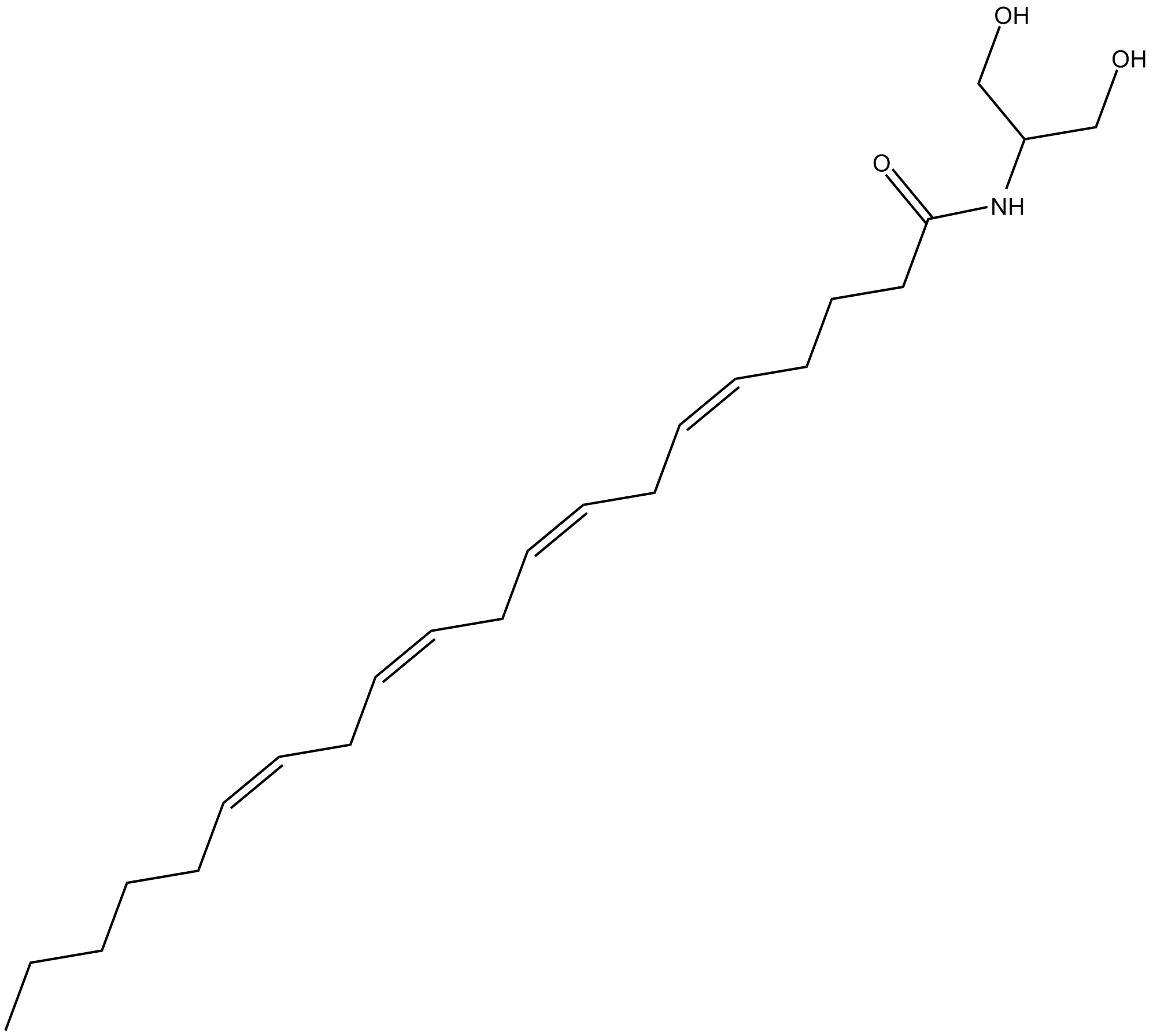 C4968 Arachidonoyl SerinolSummary: CB1 receptor agonist
C4968 Arachidonoyl SerinolSummary: CB1 receptor agonist -
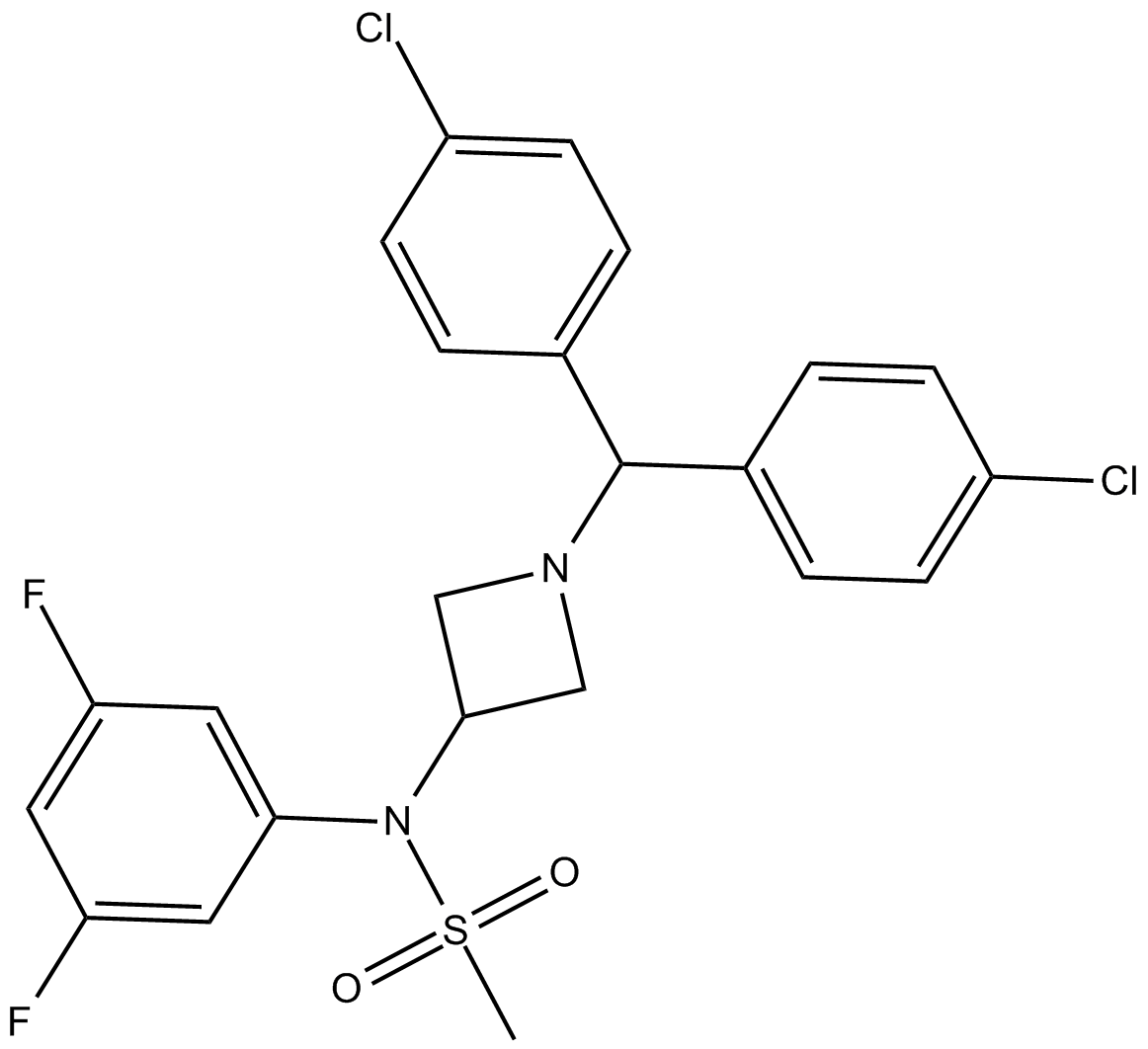 C4753 AVE-1625Summary: highly potent, selective antagonist for CB1 receptor
C4753 AVE-1625Summary: highly potent, selective antagonist for CB1 receptor -
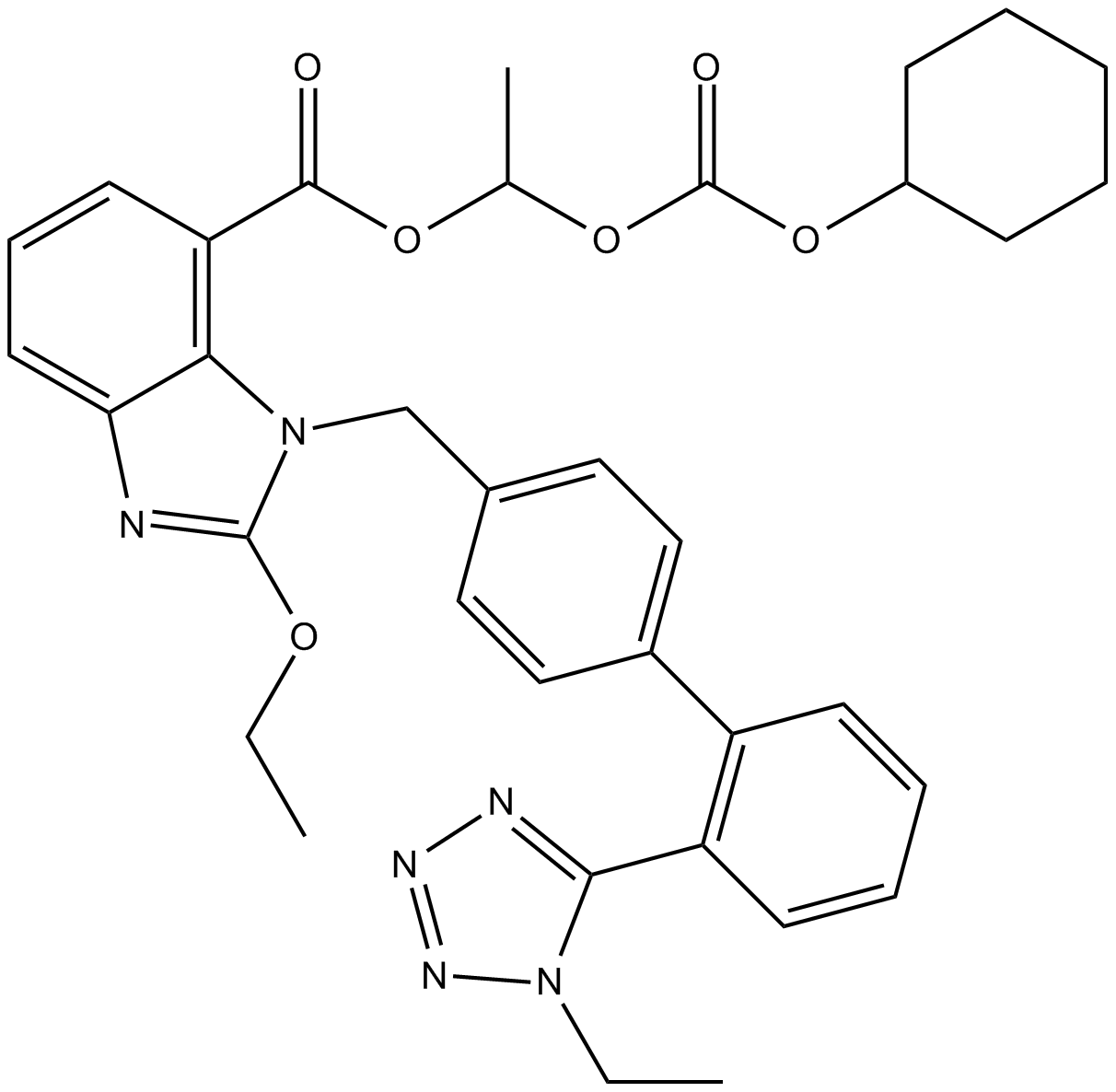 C5023 1H-1-ethyl Candesartan CilexetilSummary: selective angiotensin II type 1 receptor (AT1) antagonist
C5023 1H-1-ethyl Candesartan CilexetilSummary: selective angiotensin II type 1 receptor (AT1) antagonist -
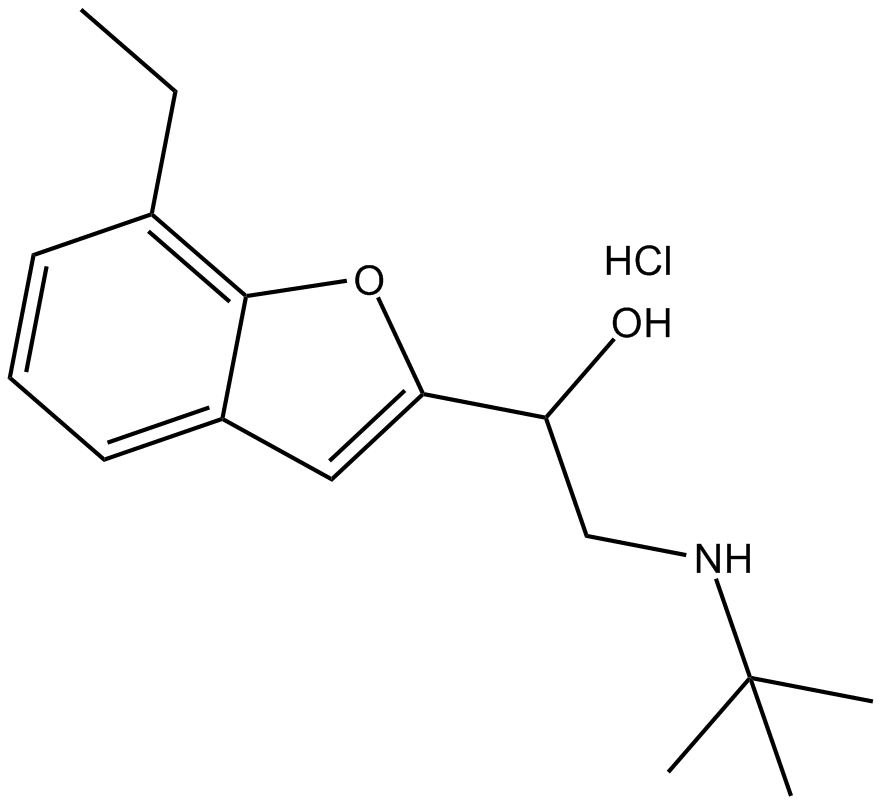 C5043 Bufuralol (hydrochloride)Summary: non-specific β-adrenergic blocker
C5043 Bufuralol (hydrochloride)Summary: non-specific β-adrenergic blocker -
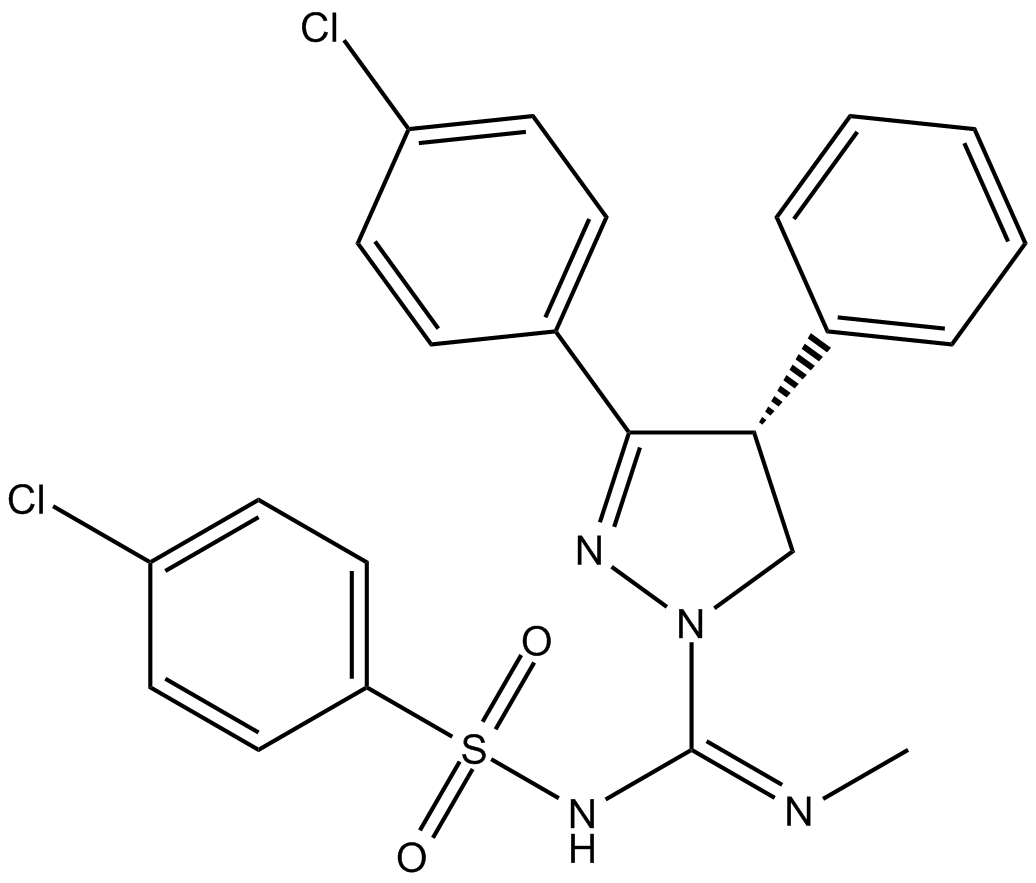 C5122 (R)-SLV 319Summary: CB1 receptor antagonist
C5122 (R)-SLV 319Summary: CB1 receptor antagonist -
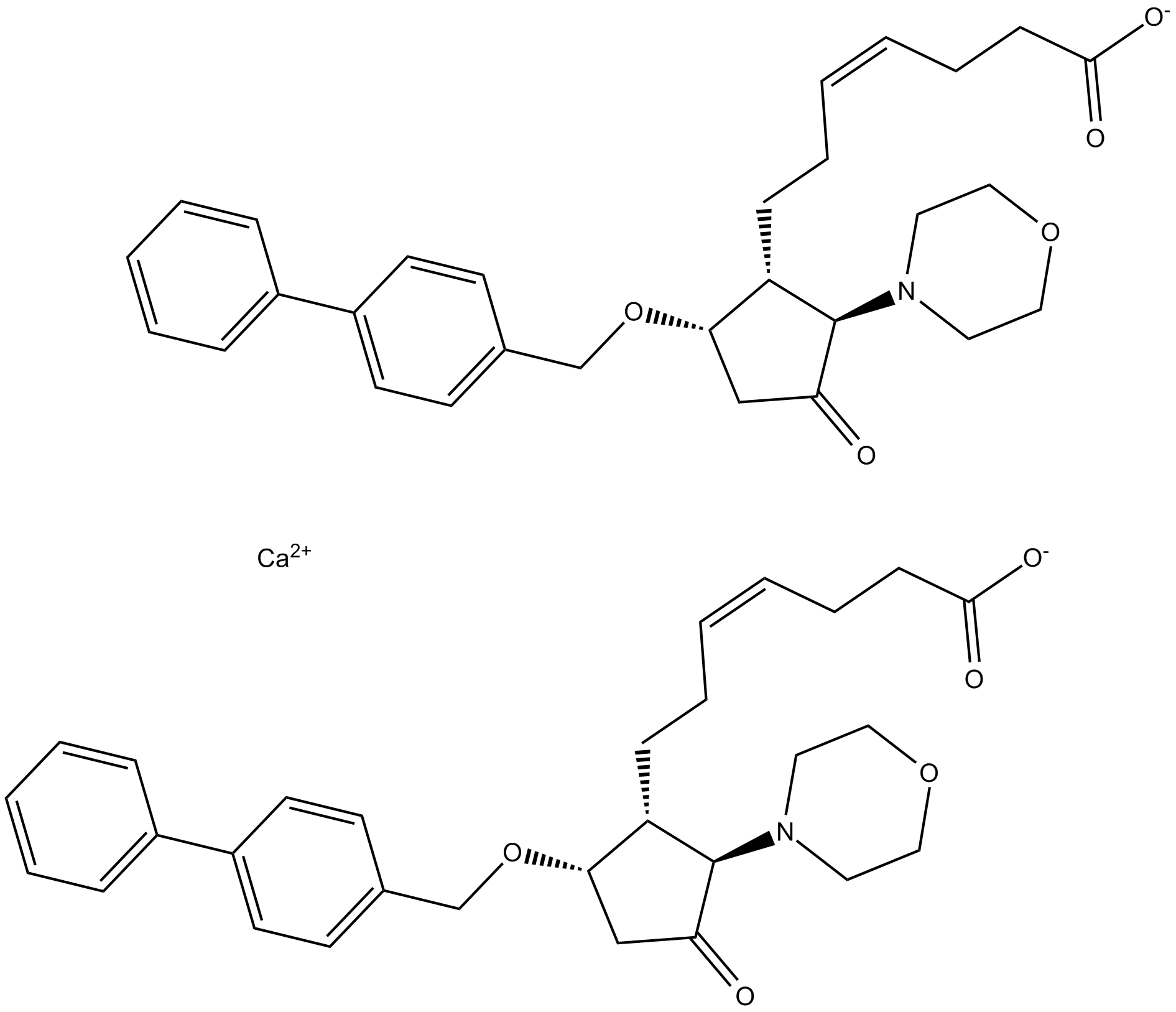 C5649 AH 23848 (calcium salt)Summary: dual antagonist of TP1 and EP4 receptors
C5649 AH 23848 (calcium salt)Summary: dual antagonist of TP1 and EP4 receptors -
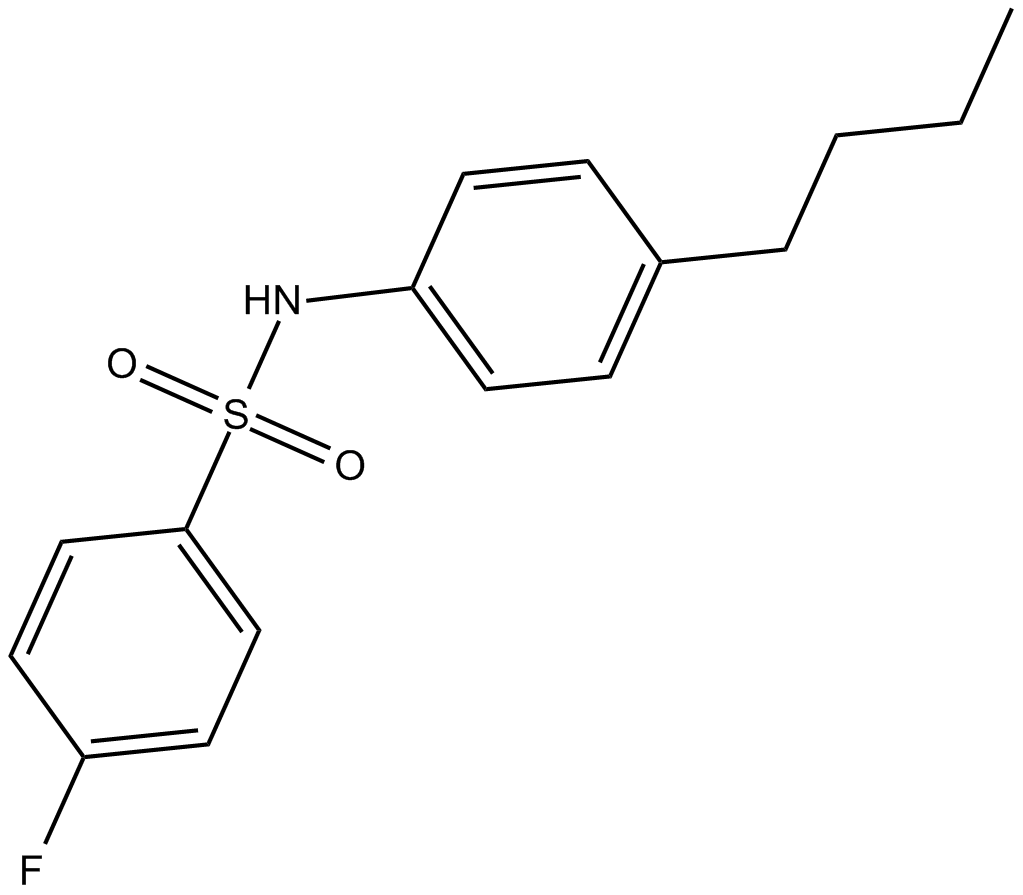 C5495 DC260126Summary: free fatty acid receptor 1 (FFAR1/GPR40) antagonist
C5495 DC260126Summary: free fatty acid receptor 1 (FFAR1/GPR40) antagonist -
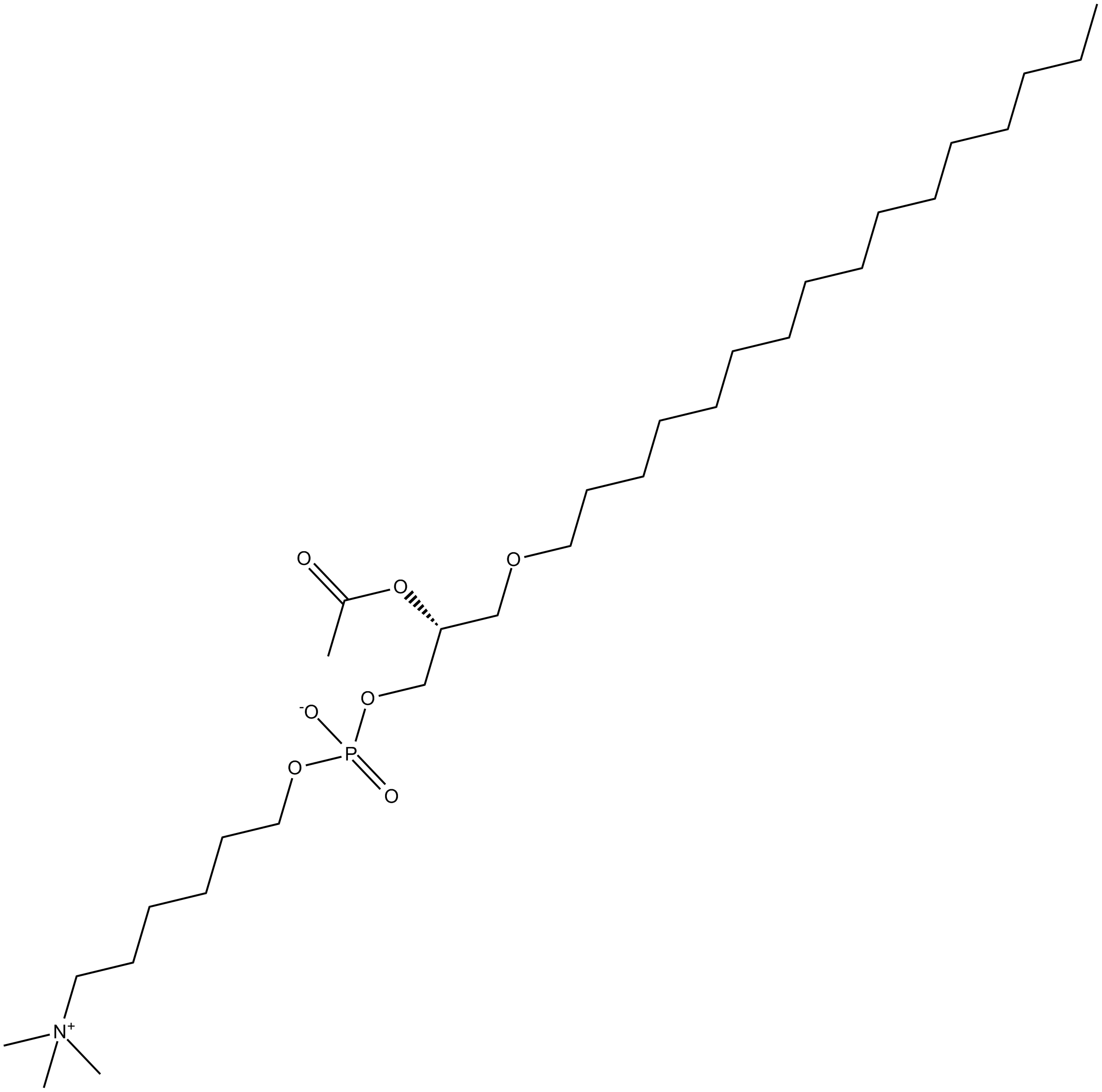 C5373 Hexanolamino PAF C-16Summary: a PAF analog with mixed agonist/antagonist properties
C5373 Hexanolamino PAF C-16Summary: a PAF analog with mixed agonist/antagonist properties -
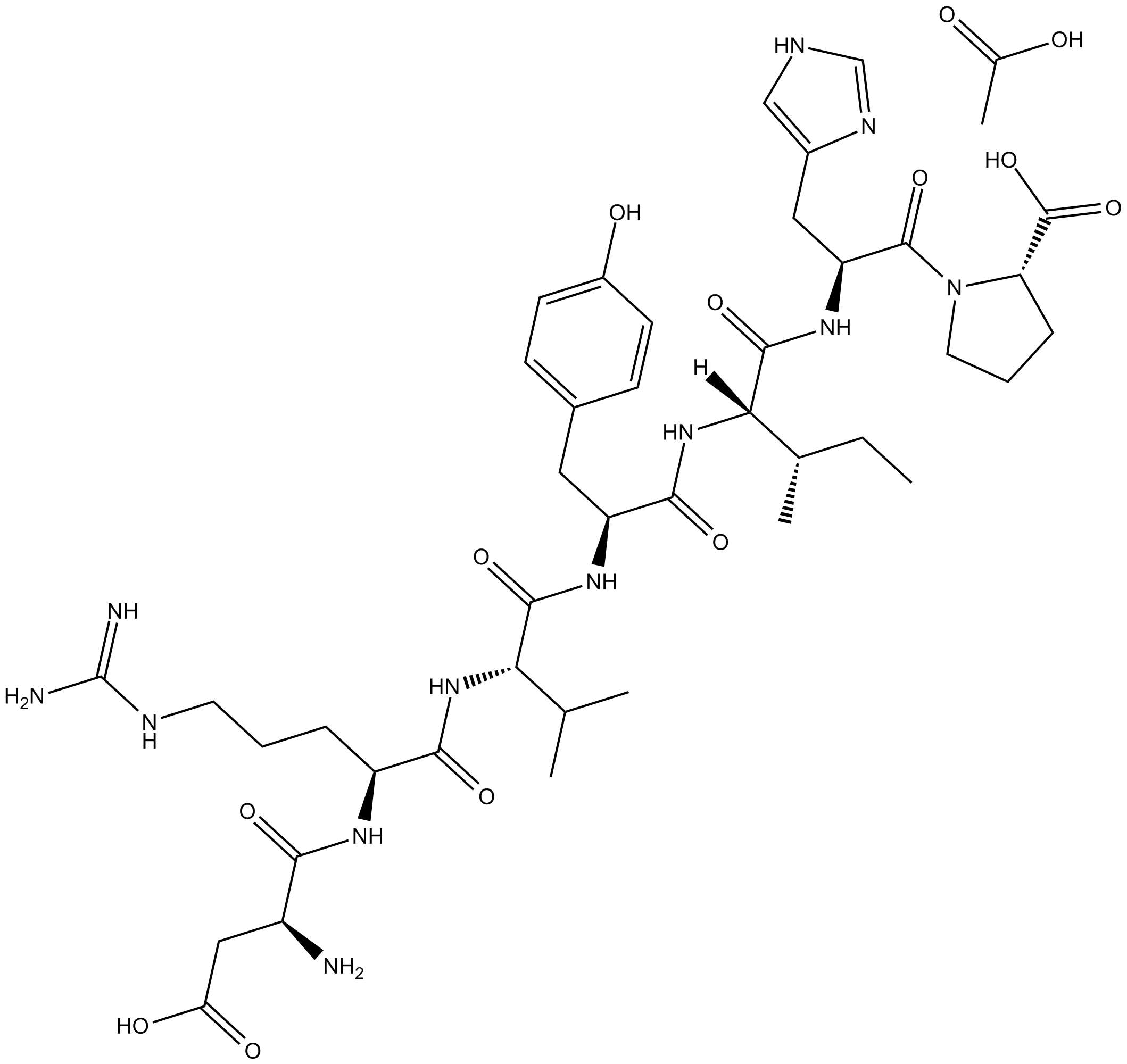 C5213 Angiotensin Fragment 1-7 (acetate)Summary: type 1 angiotensin II receptor agonist
C5213 Angiotensin Fragment 1-7 (acetate)Summary: type 1 angiotensin II receptor agonist

